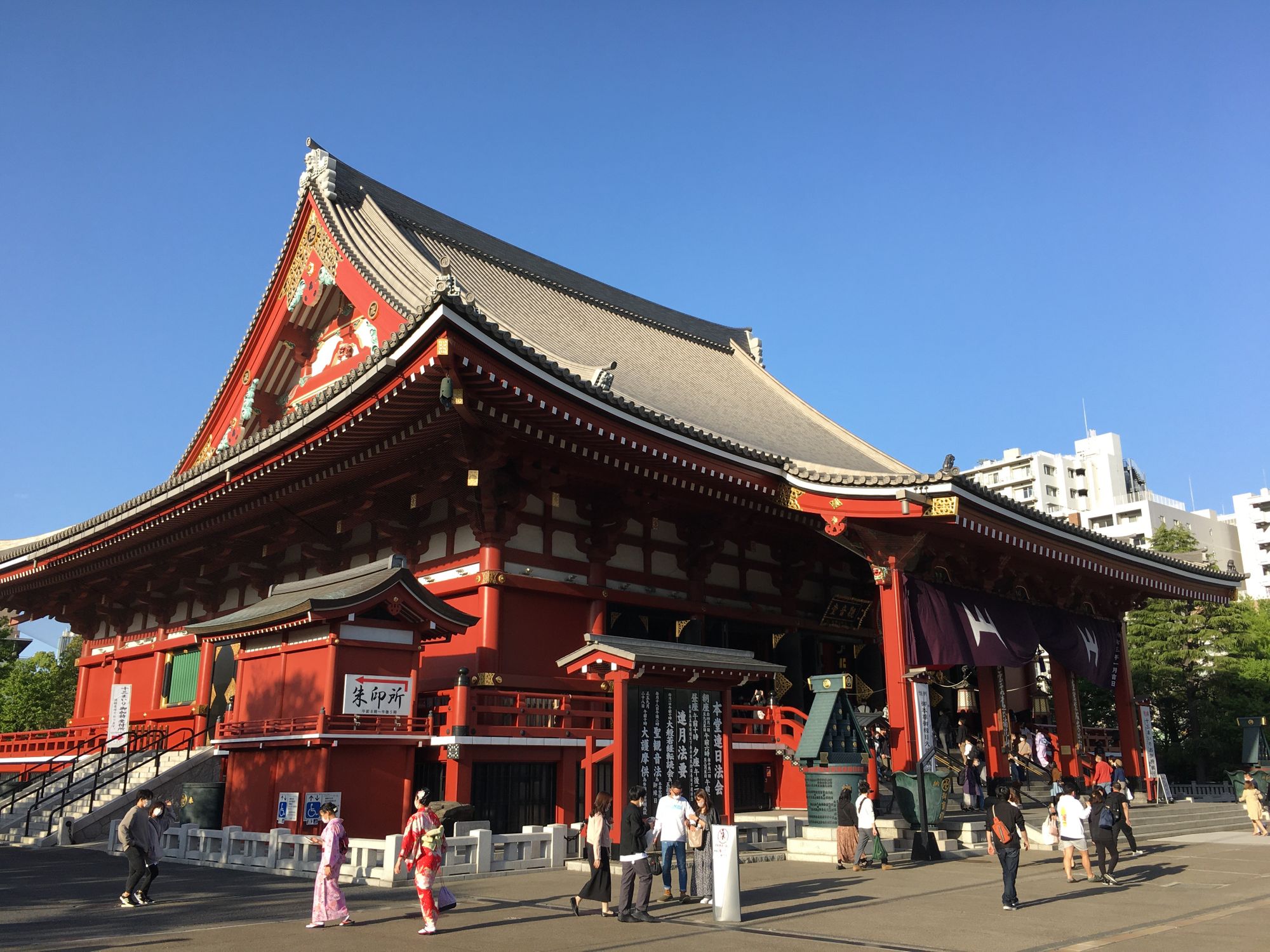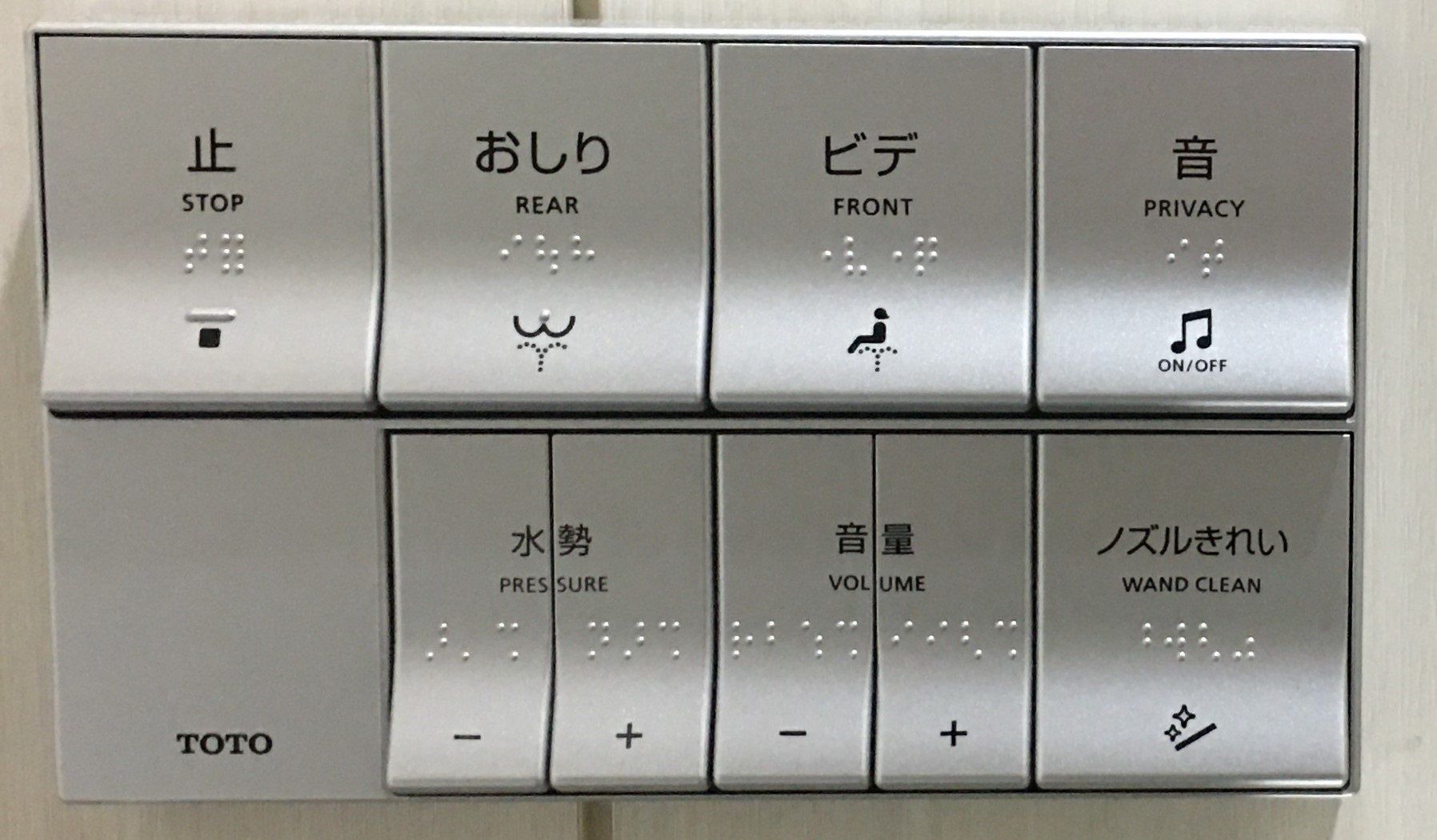It's alive! Japanese toilets and how to use them.
It's finally here, I have reached the peak of my content or maybe I should say I have reached the bottom instead! Toilets, one of the few things that everyone has, from a hole in the ground to a suctioned powered one in a space shuttle!

It's finally here, I have reached the peak of my content or maybe I should say I have reached the bottom instead! Toilets, one of the few things that everyone has, from a hole in the ground to a suctioned powered one in a space shuttle! Now the majority of the world has experienced what we call a "western" toilet, but when it comes to the king of convenient tech, our lovely western toilets are not enough!
The start of it all:
Hopefully, most of you reading this have heard of the “high tech” Japanese toilets also known as washlets. But how did we get to the ass blasting toilets? Well, what better way to start it than the beginning?
Well to be honest with you, the “first-ever toilet” in any country was the same anywhere else, a hole! But with every society around the world, things changed and they developed with the discovery of new material and techniques of doing things like housing. So when the “pre-modern” era came around with the rise of Edo, the concept of common housing started to make its mark with the rising of Nagayas (長屋) which is seen as the traditional Japanese housing where multiples residents will gather under one roof. It was common for nagayas to have connected communal outhouses which would provide some privacy for you to squat and relieve yourself. Even though squat toilets had been around since the Heian period (794-1185), it was only until 287 years after the start of the Edo period, the rise of high-end squat toilets called sometsuke toilets came about. Sometsuke toilets were made of white ceramic commonly covered in blue glaze designs, but the biggest change from the original squat toilets was adding a cover to hide an individual's privates parts and stop splashback.
The rising of the king
In 1914, Kazuchika Okura, the founder of Toya Toki (now known as TOTO) eventually produced the first western-style flush toilet in Japan, it only was three years later when that the general population of Japan got exposed to those toilets. But the beginning of one of the main features of the current washlet only came about in 1966 in the form of the heated toilet seat. It took another 14 years for the start of the reign of the world's largest toilet manufacturer to start in the term of a flushable toilet but it took until the end of the 20th century for the birth of the washlet which brought a new meaning to comfort and cleanliness as it led to the promoted change from toilet paper to personal cleansing with water from a wand. At the time of 1980, the only way to utilise this product was the customers had to attach the washlet seat to their existing toilets. At the time, they were being sold for about $660/¥149,000 which nowadays is about $2,241.96/¥212,418.39. Compared to most of the current versions on the market, that's six times more!!!
One of the reasons why these washlets brought a new meaning to cleanliness is in 1983, they had introduced a self-cleaning wand that allowed for constant cleanliness as the wand would clean before and after each use. But the water being shot from the wand was still not perfect, it was cold and sometimes would miss its target. So the engineers went to work and with the help of 300 fellow employees, they eventually came up with the temperature of 30°C to 40°C and the "golden angle" of 43 degrees. It took 9 years for the spread of TOTO's toilets to reach the western world via the shores of the USA where washlet SIII was launched.

The problem TOTO had was they were only attracting a high-end clientele. Their main focus was on C-Suite and executive businessmen by installing their toilet in golf clubs. But it worked! It wasn't much longer until hotels started including a column in their brochures about if they had washlets installed. Although a few years later with the introduction of new features and a completely new model "NEOREST EX", TOTO washlets had started to become what it is now, "the common toilet of Japan". But what led to most restaurants, shopping centres, and schools introducing the washlets to the public? One of the possible reasons could be, the new model "NEOREST EX" which was unique to Japan and most of the world by being one of the first modern tankless toilets. Also, the new features that it brought to the market, improved the main attraction to a washlet. These features were a pulsing stream of warm water from the wand, whilst the wand oscillates back and forth to make sure your bottom has the best clean ever!
The other reason is to do with the customers' target audience, for example, a lot of department stores and supermarkets would use the washlets to entice shoppers as the hotels did with high-end businessmen. And that ultimately that enticement seemed to work, as, by 2005, 20 million washlets were sold!!!
The final push
Now the washlet had been around way before, I had my first encounter with one. But the memory of coming face to face with one of these wonders. is something that I think I will never forget, not even when I am 70+. It was Christmas 2017 when I first arrived in Japan, which was a good year for TOTO as it was the year of the birth of its global flagship model known as the "NEOREST NX". What led to the incident was I had stopped on my way to Tokyo via the Shinkansen, to explore this town and I just had lunch so a call of nature was required. To clarify, I probably had used a washlet by then but never as a washlet, just as a normal toilet. So I went into the gents and a cubicle with a normal-seeming toilet, I turned around to close the door and lock it before turning around and witnessing a white spaceship with flashing lights opening up like a humpback whale feeding. The whole time I was clinging to the cubicle's door until the lights dimmed and the humming stopped.

The manual
To be fair, I am not wrong to say it was a spaceship because when you first look at the control panel, the first thought probably will be "Right, which one do I press first?" So I thought that I would use this next segment of the blog to talk about what each button does and all other features that I skipped over earlier!

Sanitizing Features:
Ewater+:
TOTO develops a technique to make the regular water from the water system into a sanitizing product by electrolyzing it with Chloride ions to give a slightly acidic pH value that kills bacteria and to help prevent nasty stains.
Automatic Air Deodorizer:
The original deodorizer function was introduced in 1991 but was replaced in 2015 with a smart deodorizer where the washlet learns what time the toilet is used and activates the deodorizer an hour before.
Premist:
As well as the deodorizer, they included a premist function which automatically wets the bowl with a light mist before the toilet used, to make the bowl less prone to soiling. And then another mist containing the Ewater+ is sprayed to help kill off germs and keeping the toilet cleaner for longer.
Non-stick toilet bowl (ACTILIGHT®):
TOTO developed a toilet bowl that has a photocatalytic glaze of zirconium. So when the UV light that is installed in the toilet lid shines on the coating, it triggers a decomposition process which makes it harder for wastes product to stick to the bowl.
Efficiency Features:
Auto open/close lid:
As I mentioned earlier, some of the washlets have an auto lid that makes it more convenient to use the toilet as you don't need to open and close the lid whenever you use it.
Auto flush:
Then combine the auto lid with auto flushing, which makes it convenient for you to use without needing to touch the actual toilet. Especially in these interesting times with COVID-19.
Tornado Flush Technology:
Back at the very start of TOTO, TOTO decided to make the world's most efficient flush. Now to many people, it was thought to be impossible to reduce the amount it took to do one whole flush. But in 2002, TOTO launched the Tornado Flush, where the water is released from the side of the bowl, causing it to swirl around the bowl naturally, and therefore less water is required to flush. The most recent reduction was to about 3.8 litres. TOTO has also included the option to do a small flush or a big flush which helps even more to reduce the overall usage.
Auto energy saver:
Auto energy saver:
As well as learning the times when the toilet would be in use for the premist function, it also uses the downtime to automatically conserve electricity.


To be honest, I don't think I need to explain the controls on this panel as they are in English. But there are other controls that you might come across over with other models and brands.


A god was shrined into history.
Many products through history have ingrained themselves into the history books, and TOTO's washlet is no exception. To be clear, TOTO isn't the only company to enter the market of smart toilets but TOTO has reached the level of a god in that market, to the point that many Japanese people refer to smart toilets/washlets as TOTO! And with any icon, there must be a "shrine" which explains why TOTO has its toilet museum that is located in Kitakyushu, southern Japan.

So why?
So why do I keep talking about toilets in Japan? Apart from them being quite nice, there is one other reason why... To quote my previous blog about my BeerCon2 talk, "Because of one rookie talk, the world's biggest toilet manufacturer got contacted by a BT director to talk about hacking toilets!". And that means what in this context may you wonder? Well, the world's biggest toilet manufacturer is TOTO! And that all it took was one question about putting ransomware on one of these toilets. Now I can't say much on the progression of the project "Baby shark 2.0" but maybe one day, the many things I have learnt and planned for Japan will be brought into the light. Maybe another talk would help???

Conclusion:
Hopefully, I have been able to shine a light on one of the wonders of Japan! I do apologise for how long it took to get this released. I have been so busy that even trying to do 2 blogs a month has been quite hard. But don't worry, I have some ideas to produce more contents in other forms that will take less time to release and will fill in the gaps between the blogs. I also think I should talk about the future of these blogs a bit quickly as I will be returning to the UK to finish off some unfinished business, my current plan is to continue the blogs long after I am back in the UK because I still have lots I want to talk especially as I haven't been able to produce as many blogs as I have wanted to. Plus you never know, these might become quite valuable to someone one day. Also, my passion and interest in Japan and its culture won't be going away any time soon.
So, it is time to say a big thank you to everyone reading this week's blog. In terms of the next blog, we will have to wait and see because things are all over the place here but keep an eye out. You never know what might happen! So until next week, arigatou gozaimasu and sayōnara!
